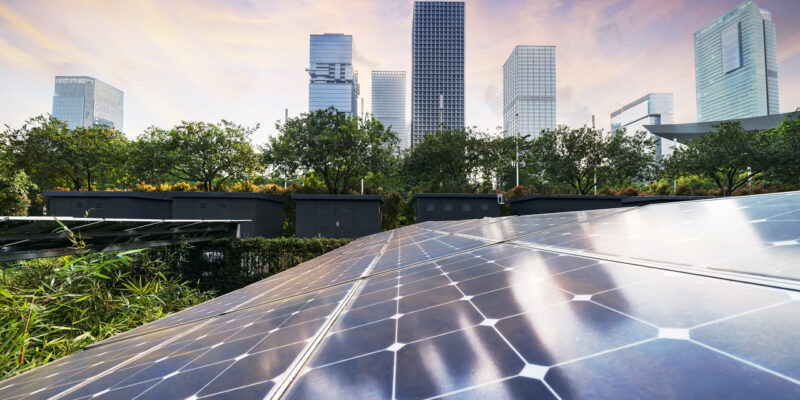At Steadfast Entities, we’ve seen the many benefits of Green Construction, aka, using technologies and processes that are environmentally responsible and resource efficient. Beyond being better for the planet, in many cases it saves both us and our clients money. We’re not the only ones, either: many industries are finding new materials, processes and technologies to become more sustainable.
Green Tech at Work
Green Building Technology has two main goals: to reduce waste and to more efficiently use naturally occurring resources. We’ve told you about recycled asphalt and concrete that held up even better to harsh conditions, but that is just one of many ways construction engineers are eliminating waste.
Butts in Bricks
In 2020, researchers at the School of Engineering at the Royal Melbourne Institute of Technology (RMIT) released a paper outlining a step-by-step process for using cigarette butts in brickmaking. Since cement production is responsible for 8% of global greenhouse gas production, and about 6.5 trillion cigarette butts are discarded every year, these bricks would be a great way to decrease the carbon footprint and reduce the amount of litter found on our streets, beaches, and green spaces.
Rockin’ Cement
Many industrial processes result in steel dust or ferrous rock, which would typically be sent to a landfill. However, thanks to scientist David Stone’s new technology they are instead being turned into another cement alternative called Ferrock. Ferrock is not only stronger, more flexible, and cheaper to make than traditional cement, but it is also carbon-negative, which means it absorbs CO2 from the atmosphere. The University of Arizona tested Ferrok and is in the process of commercializing its patent to make it available for general use.
Nature’s Tools
Other materials are also getting a sustainability makeover. New manufacturing processes are being used to create materials like insulation, carpeting, and paint with fewer volatile organic compounds (VOCs). The changes to processes are often less expensive for the manufacturer (for example, using water instead of a chemical solvent or using refillable instead of one-use containers), which in turn can save money for purchasers down the line.
There has also been an industry-wide movement to use naturally occurring resources more efficiently. Last month we told you about the new use of algae to make concrete and in some places sheep’s wool is also replacing fiberglass insulation. This swap is shown to increase energy efficiency and make homes more soundproof.
Even plain old wood is getting a makeover. Liangbing Hu, a materials scientist at the University of Maryland, Brooklyn Park, has led his colleagues in using simple chemical processes to change the nanostructure of wood to make it as strong as steel, transparent, bouncy, and moldable. The University is trying various commercial applications for this “super wood”, and it’s expected to be used in various materials throughout the construction industry.
It’s an exciting time to be in construction, with new products and technologies coming onto the market daily. We can’t wait to see what comes next and are proud to be part of an industry that is blazing the trail into a more sustainable and efficient future!



